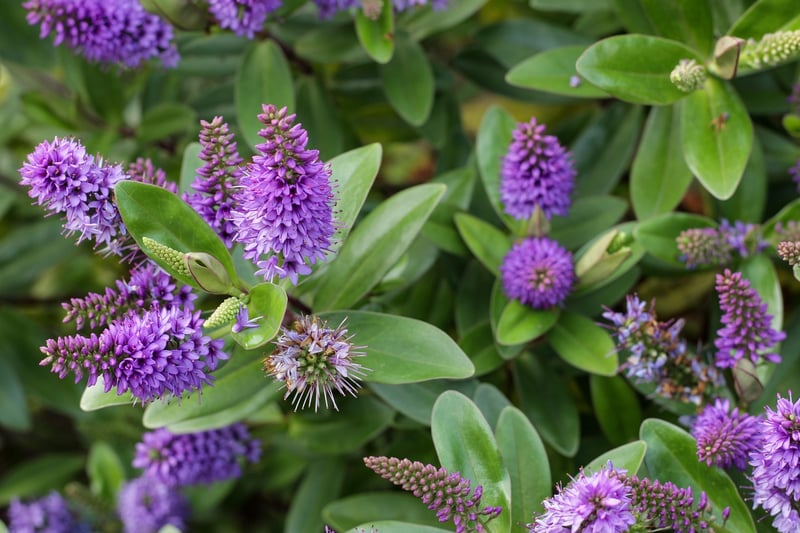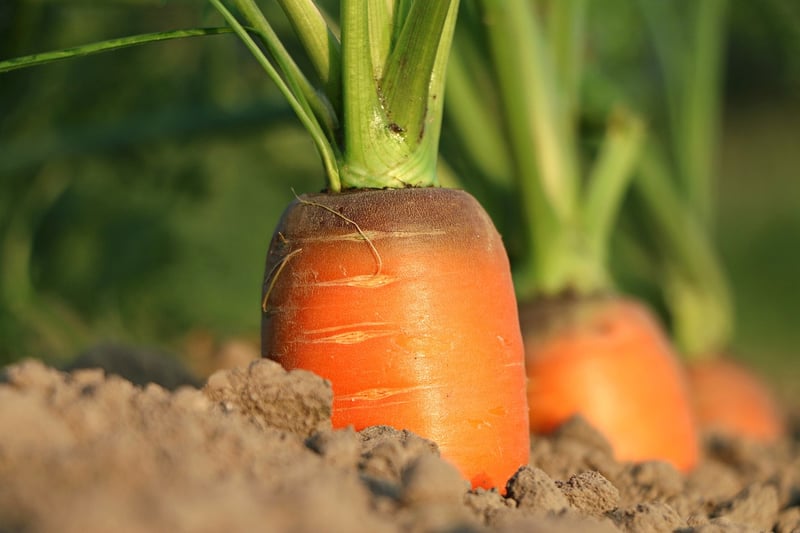Soil Health
Optimizing Plant Growth and Soil Health

Ensuring optimal plant growth and maintaining soil health are essential for successful gardening and farming. By following some key practices, you can create a thriving environment for your plants while improving the overall quality of your soil.
1. Proper Soil Preparation
Start by testing your soil to understand its composition and pH level. Based on the results, amend the soil with organic matter such as compost or manure to improve its fertility and structure.
2. Efficient Watering
Water your plants deeply but infrequently to encourage deep root growth. Use techniques like drip irrigation or soaker hoses to deliver water directly to the roots and minimize evaporation.
3. Mulching
Apply a layer of mulch around your plants to retain moisture, suppress weeds, and regulate soil temperature. Organic mulches like straw, wood chips, or leaves also break down over time, enriching the soil.

4. Crop Rotation
Rotate your crops each season to prevent nutrient depletion and minimize pest and disease buildup. Different plants have varying nutrient needs, so rotation helps balance the soil's fertility.
5. Companion Planting
Grow compatible plants together to boost growth, repel pests, and enhance flavor. For example, planting marigolds alongside tomatoes can deter nematodes and improve soil health.
6. Soil Aeration
Regularly aerate your soil by loosening it with a garden fork or tiller. This process improves oxygen penetration, enhances drainage, and promotes beneficial microbial activity.

7. Organic Pest Control
Avoid harsh chemicals and opt for natural pest control methods like introducing beneficial insects, using neem oil, or creating physical barriers. This preserves the soil's ecosystem and protects beneficial organisms.
8. Regular Monitoring
Keep a close eye on your plants for signs of nutrient deficiencies, pests, or diseases. Early detection allows for prompt action, preventing issues from escalating and maintaining plant and soil health.
By implementing these practices, you can optimize plant growth, increase crop yields, and foster a healthy soil environment for sustainable gardening and farming.
